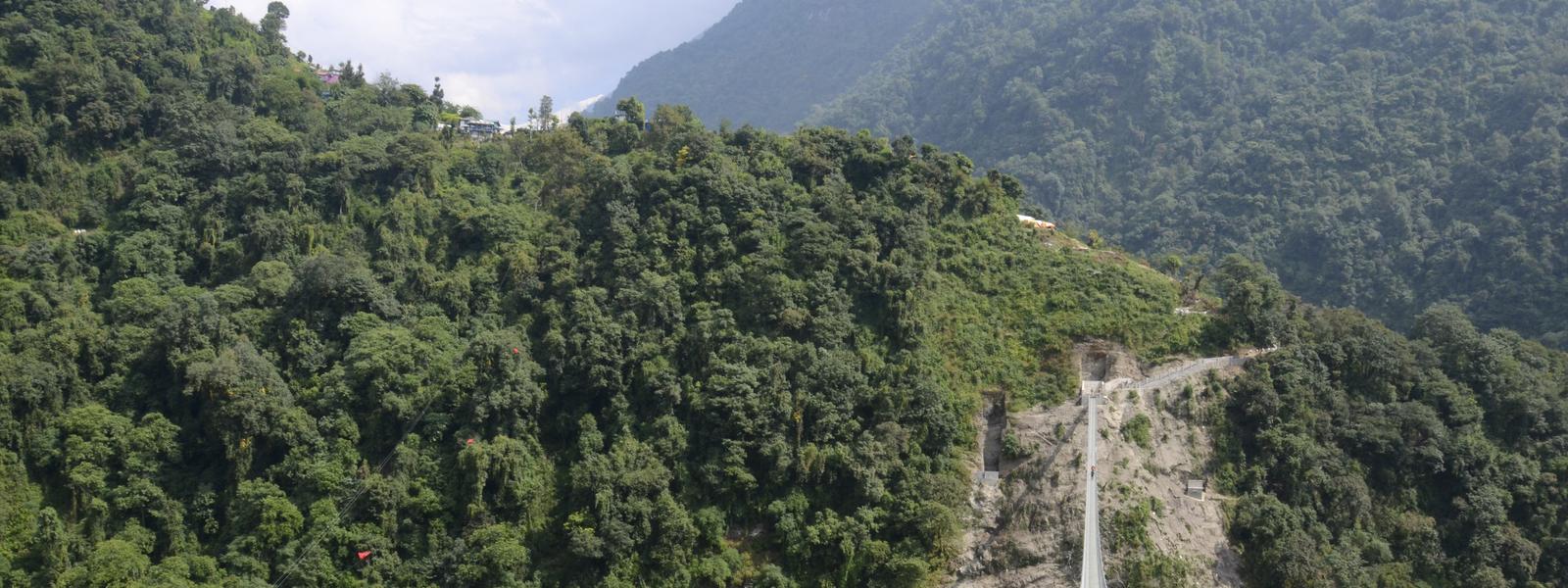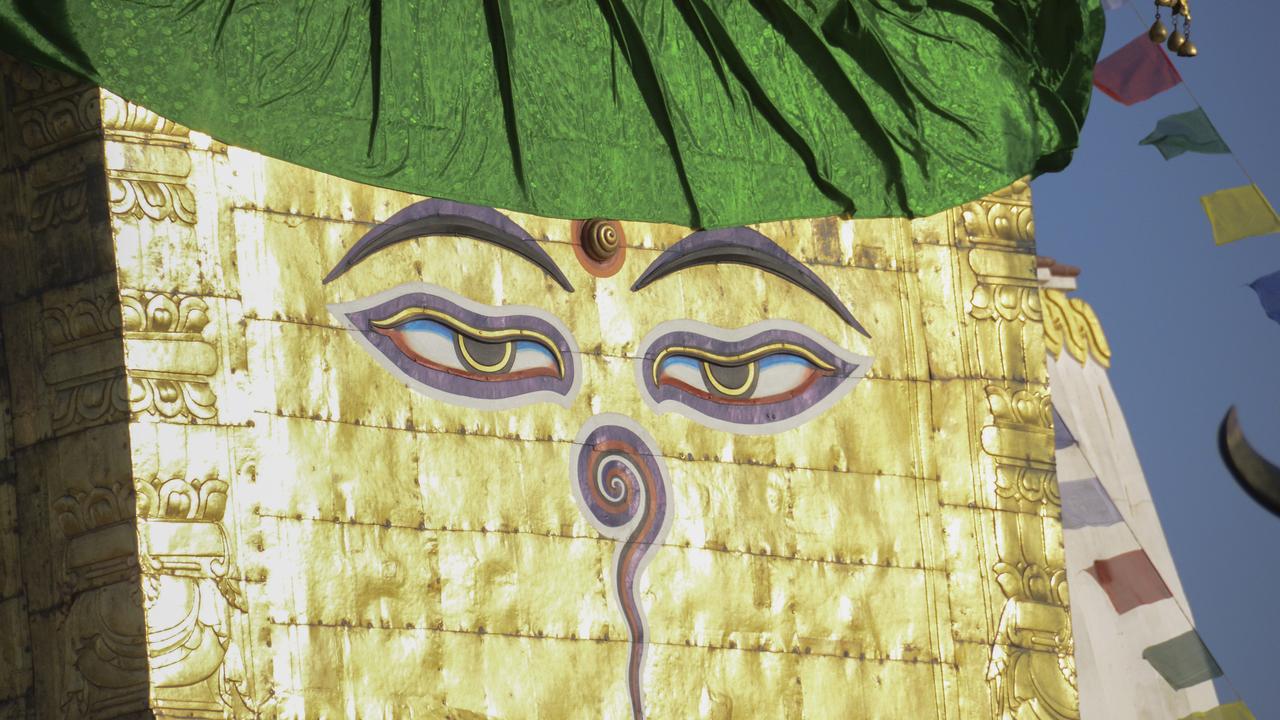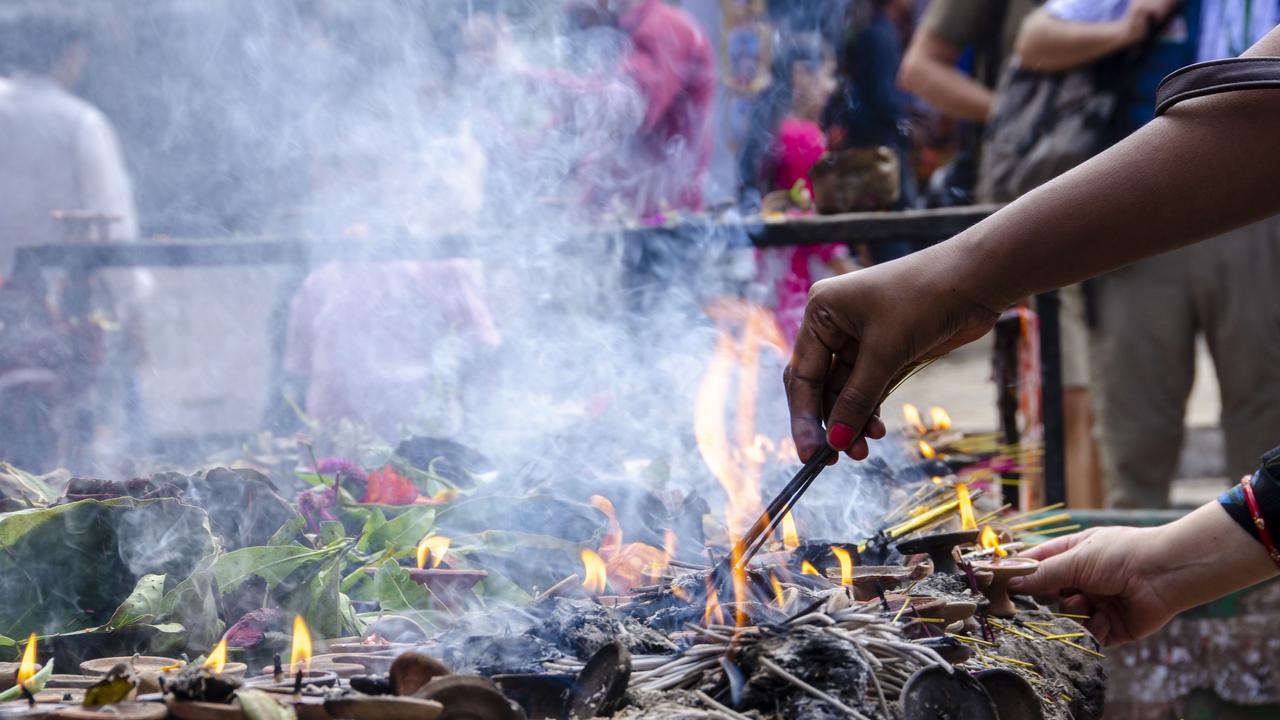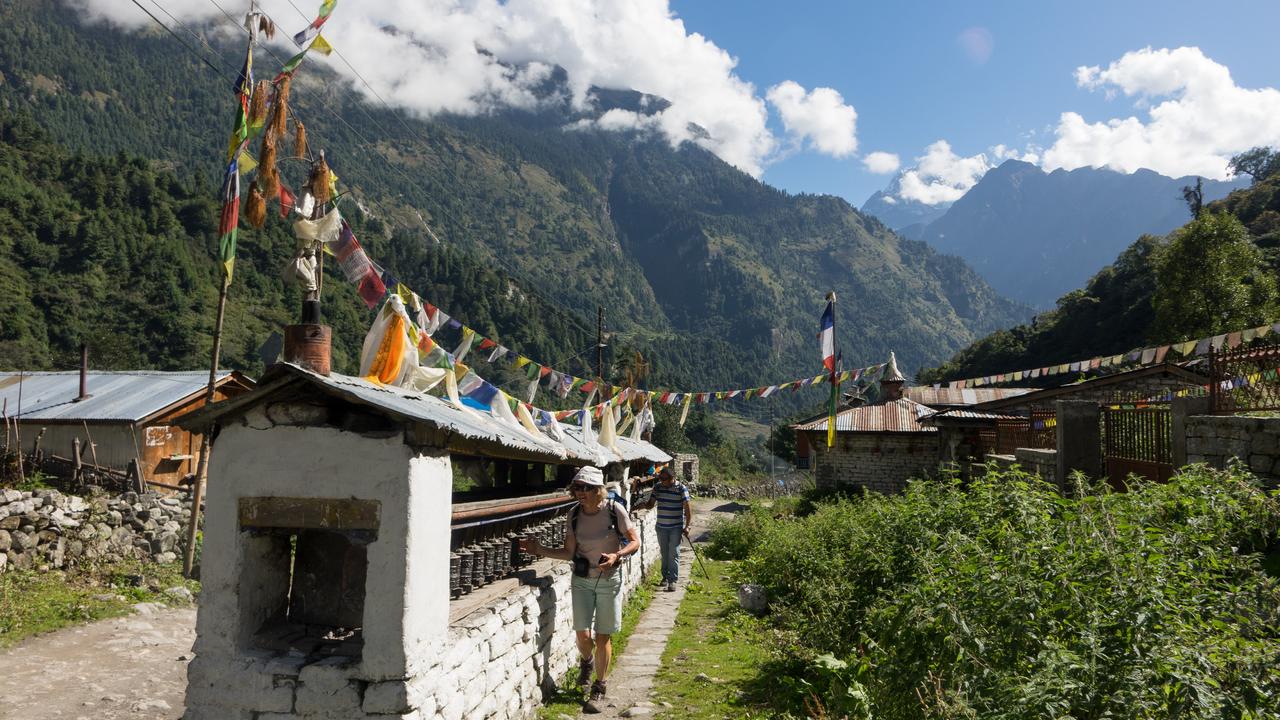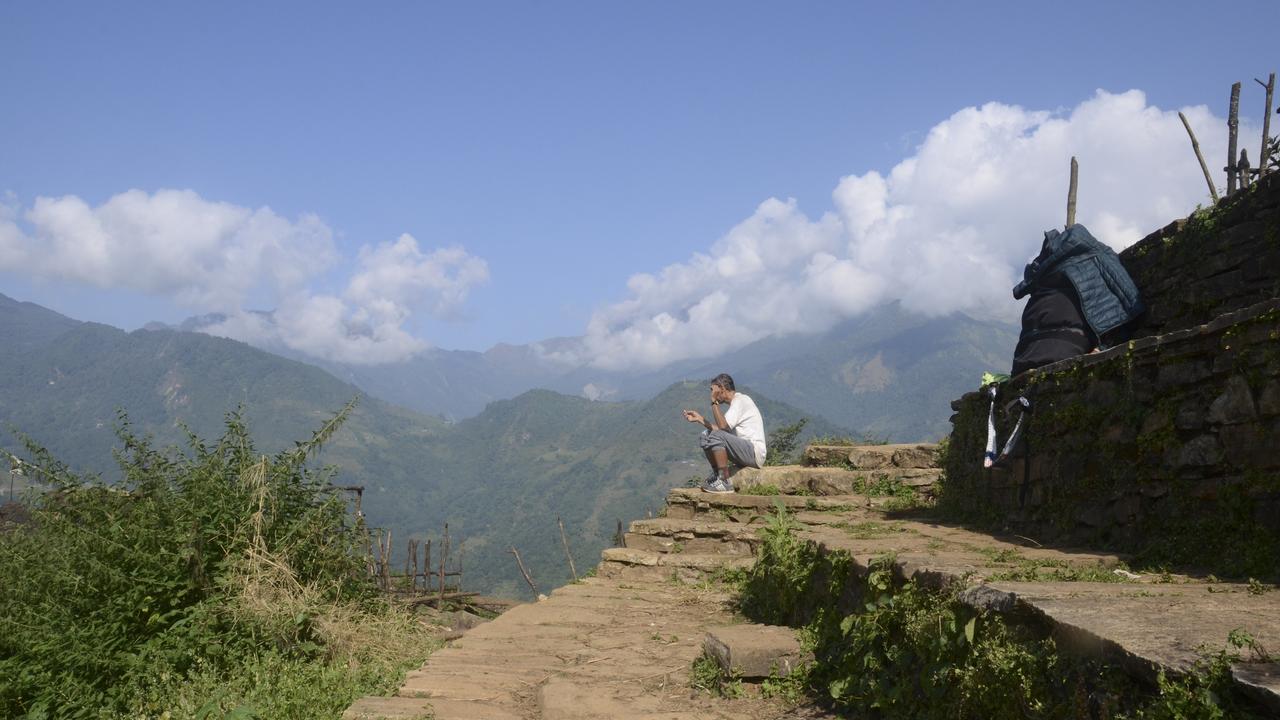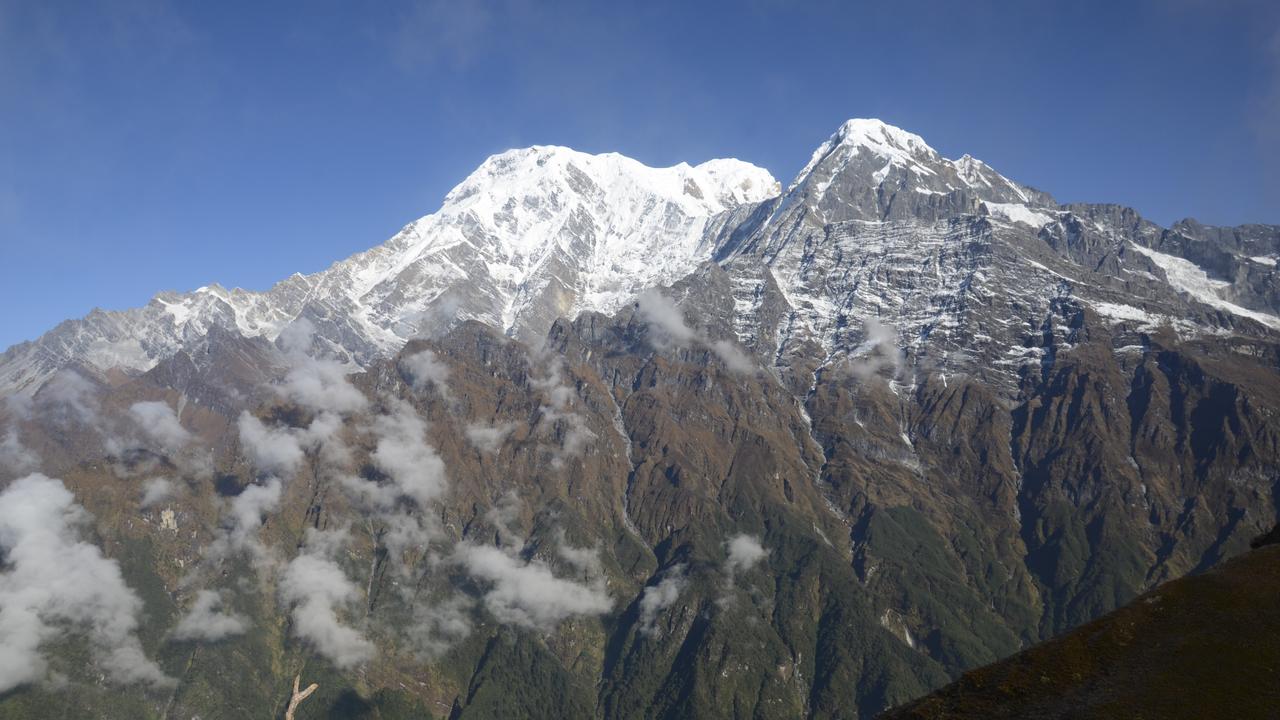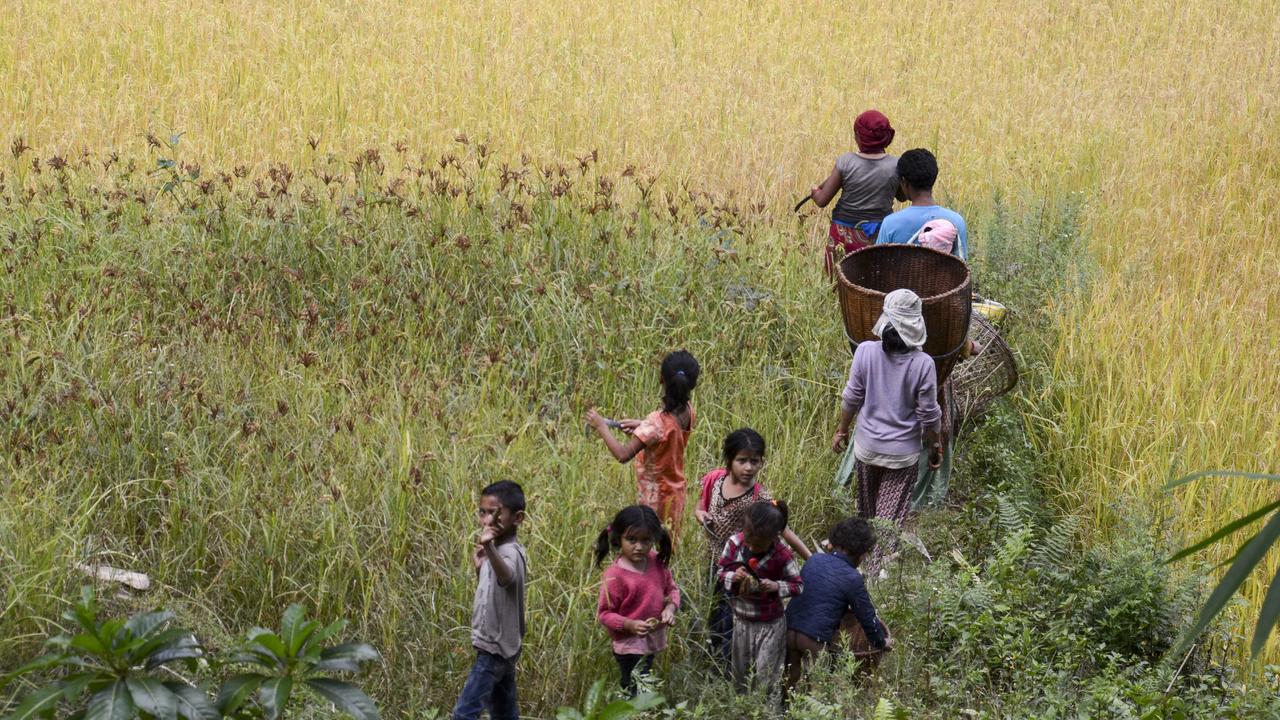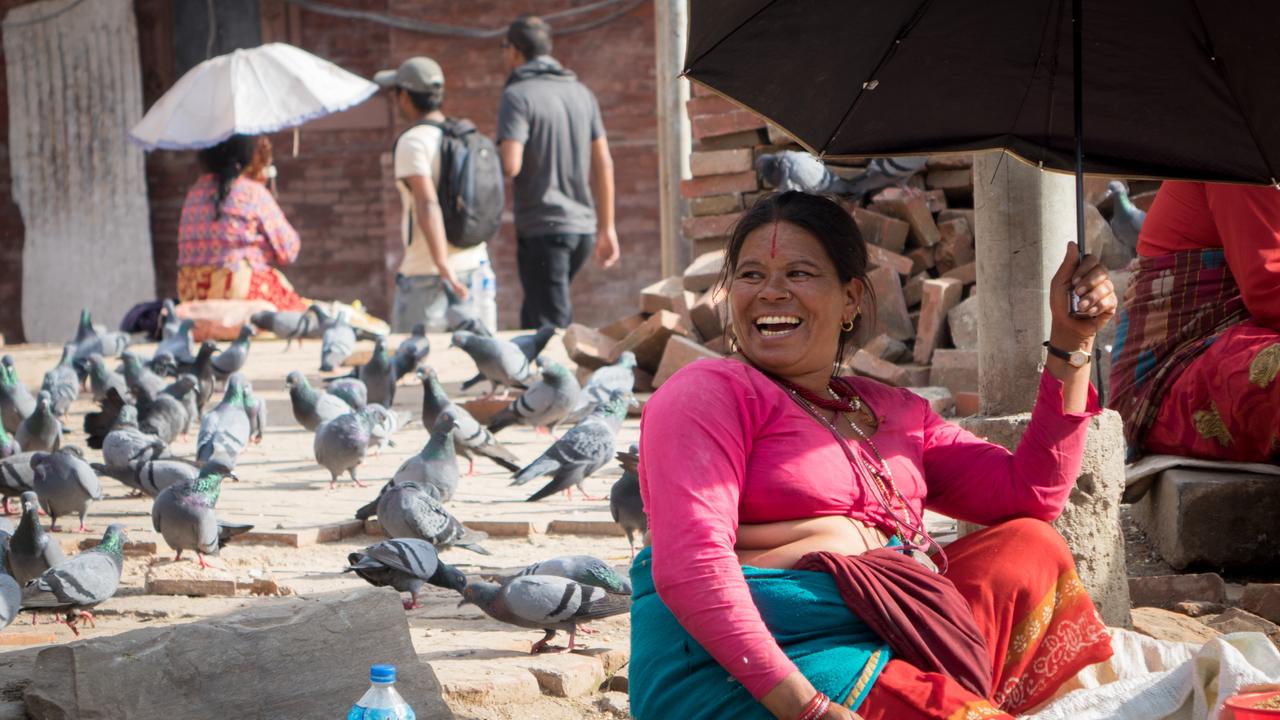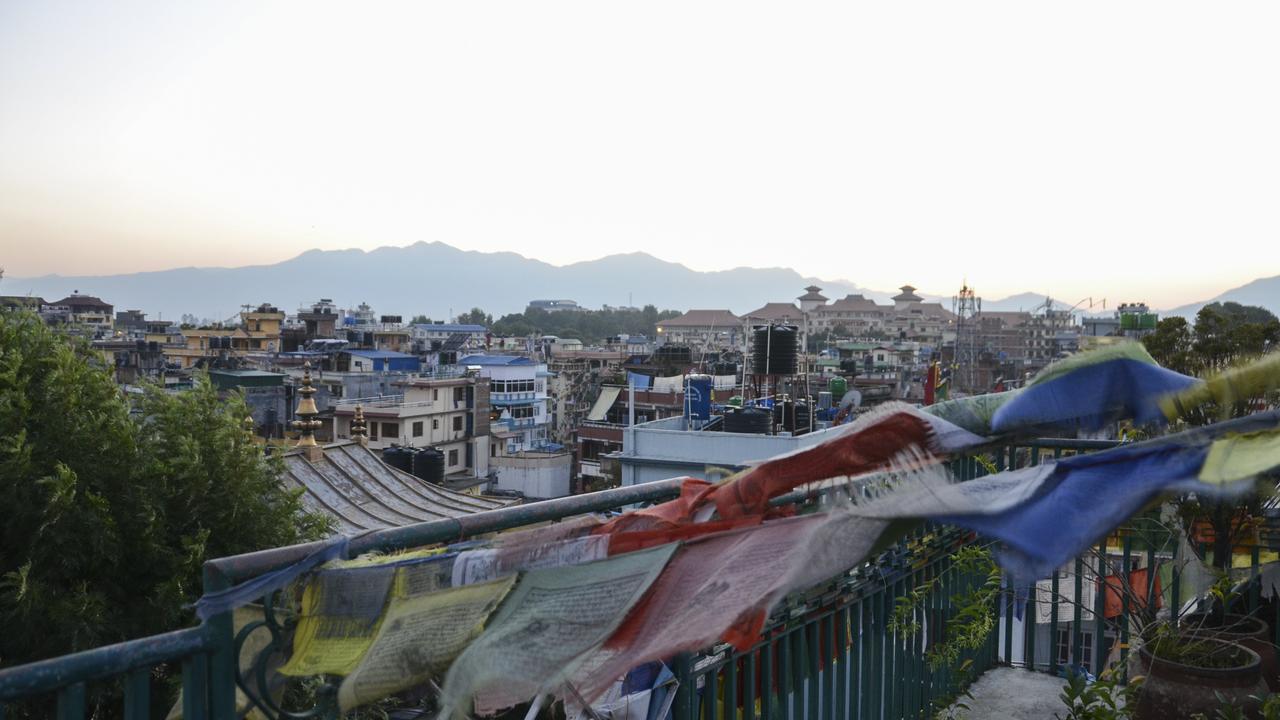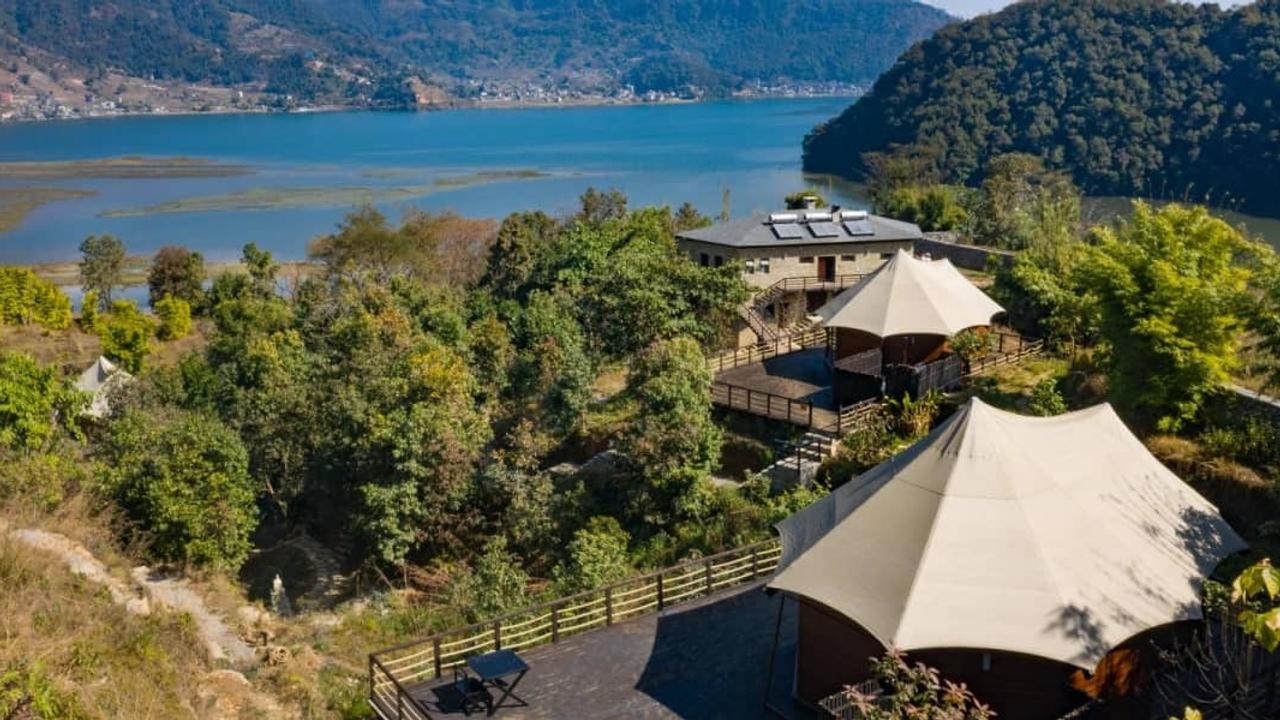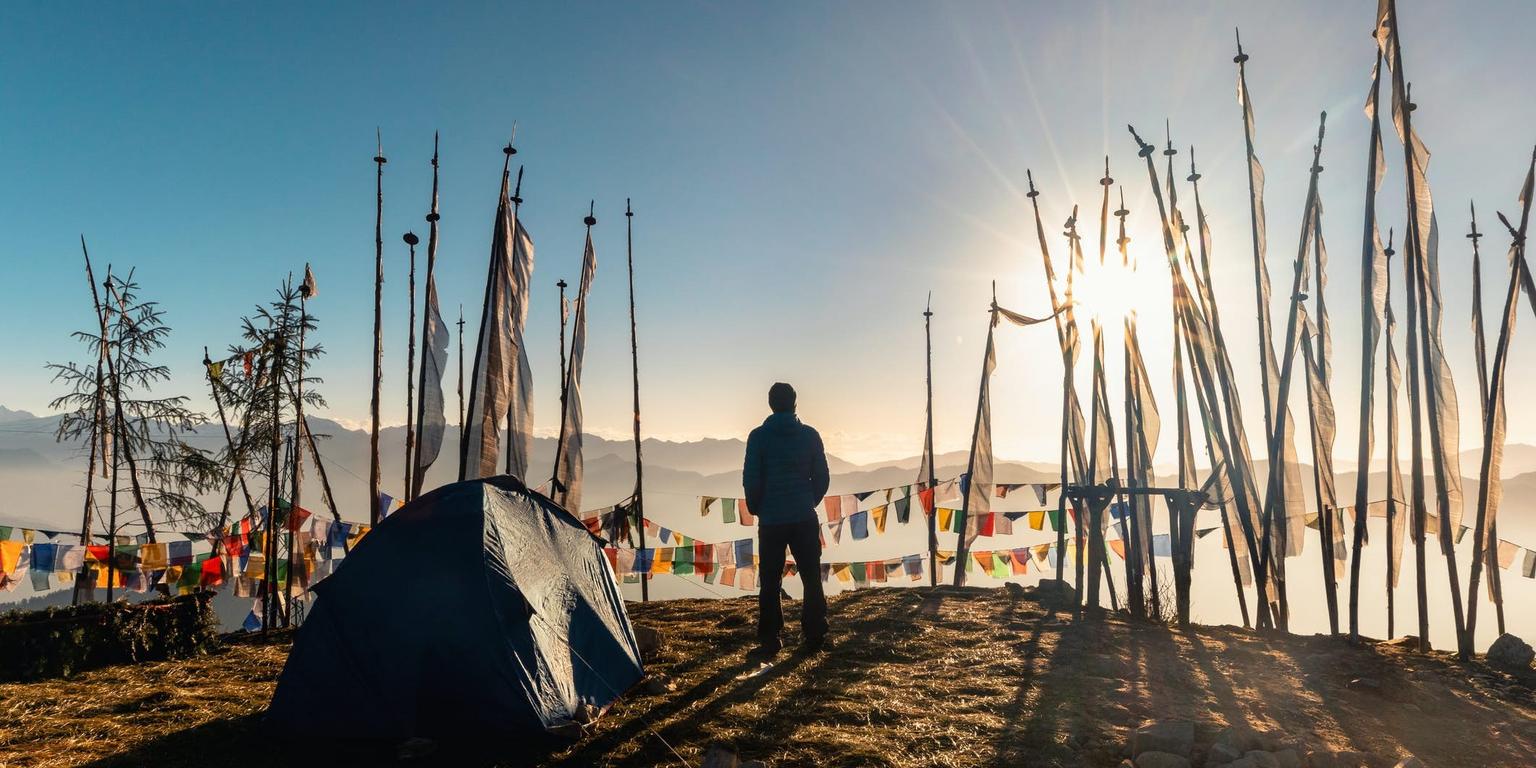The Mountains are Calling
As Scottish-born author John Muir once wrote, “The mountains are calling and I must go”. Anyone who’s dreamt of trekking in the Himalayas will understand the power of those words. In terms of a well-rounded, accessible and satisfying Himalayan trekking experience, Nepal is in a league of its own.
Amongst the highest peaks in the world you’ll find exhilarating, varied trails and the most revered guiding community on the planet. Wander between villages, along trails lined with small farms and (depending on the season) past fields bustling with families gathering in the harvest. If you pass any other walkers, you’ll see each has the same glint in their eye and determination in their stance.
With clear time and space to contemplate life back home, you wouldn’t be alone in making life-changing decisions whilst hiking at the top of the world. You earn this clarity and you absolutely earn the views. Wellness can take many forms, and one of those is seeking experiences at their purest source. There is no greater example of this than trekking through Nepal’s lofty, snow-covered peaks: it’s transformative.
A different kind of luxury...
The headline act of this journey is, without doubt, the chance to get a taste of true Himalayan trekking away from the more crowded, high-footfall routes. It’s not for the faint-hearted, and shouldn’t be undertaken lightly, but the rewards can be genuinely life changing. These expeditions are supported by the very best ‘luxury’ private trekking team in Nepal, and your trekking days will be tuned to your own fitness and preference of challenge (within reason - these are mountain foothills after all!). You won’t be hiking alongside other guests on this highly personalised trek either; it’ll just be you, your guide and the porters. Luxury is an abstract term and in this instance it doesn’t mean champagne, spas and fine dining (although the food is excellent), but rather characterful lodges, low footfall trails, expert guides, and a focus on keeping your ecological footprint to a minimum.
Any potential downsides to this kind of trekking are mostly found on the routes with the highest footfall, which we steer well away from. Issues surrounding suboptimal sustainability and pollution are prevalent on some of the well-known trails, but on the carefully selected routes we favour, with an expert logistics team on hand, any negative impact is minimised.
The main event
We’ll guide you away from the busiest sections of the routes, keeping you primarily in the the lesser-traversed Modi River Valley. Although everyone’s exact path will vary slightly, you’ll likely start in Pokhara and drive for a couple of hours to your chosen route’s starting point, and you can opt for anything from a one-night trail taster to a full 4-5 night trek depending on your preference and budget. Many people opt for between 2-3 hours trekking per day, which takes you a satisfying distance up the valley without crossing paths with too many other hikers.
Each night, you’ll hunker down in a different lodge with its own distinctive character: they all share a simple, pared back look and a homely, alpine ambiance. Expect welcoming open fires, cosy nooks to curl up in, and mesmerising views of the mountainous landscape. The breakfasts are both delicious and hearty, ensuring you’re well fuelled for your next trekking stint.
A well-rounded trip
Personalised trekking is the focus here, and rightly so as this journey offers the rare opportunity to experience one of the world’s most iconic landscapes at your own pace. However, alongside the other-worldliness of the trekking trails, there are many other intriguing parts of Nepal which will broaden and enrich your experience of the country. Here are a couple of our favourite places to weave into a trekking-based itinerary:
Two bustling towns
Located across three sister valleys, Patan and Kathmandu blend into one other relatively seamlessly; both gritty, dusty and chaotic. It’s good to experience and contrast the two towns, and this is the perfect opportunity to do so as you’ll need some kind of stopover at both ends of your trip. Kathmandu brings all the bustle and rush you’d expect from a major hub, and its own distinctive twist can be an assault on the senses as the smell of incense mingles with pungent spices and scooter exhaust. Merchants shout to make themselves heard above the sound of motorbike horns, and cars and cows share the streets where ancient temples sit alongside internet cafes. There’s still a strong backpacker and climbing scene too, drawn to the city’s history and diversity.
Patan, though still hectic by many standards, is a little more laid-back. There’s an excellent museum to explore, with a well-curated selection of artefacts showcasing the breadth of Nepalese culture. Wander around Patan Durbar Square, which contains some well-preserved examples of Newari architecture, and enjoy getting a little lost amid the town’s labyrinth of narrow alleyways.
A step out of time…
Bandipur is a beautifully preserved Newari town, perched on a hilltop that seems to be suspended in the clouds, where life feels significantly more subdued. The wonderful 18th-century buildings are languorously spread out, but that’s nothing compared to the vastness of the mountain landscape which surrounds them - a stay here can really mess with your sense of scale! It’s an excellent place to recover from the pace of Kathmandu. Take time to unwind, practise a little meditation, and gaze at the white peaks of the massif in the distance.
Just north of Bandipur Bazaar you’ll find the former parade ground of Tundikhel, and the Bindabasini Temple with its intricately carved walls. The ancient Mahalaxmi Temple sits just to the south, the steep climb to the Khadga Devi Temple is slightly further afield, and the hilltop Thani Mai Temple offers the very best early morning views. We recommend a stop en-route at the Manakamana Temple, with the caveat that you consider your visit carefully: the devotees’ religious observance includes making animal offerings, which visitors can find hard to stomach. However, the journey to the temple is truly something else, taking you 600m up to the hilltop by cable car and offering a heart-stopping mid-air perspective across the mountains and the Trisuli River.
Lakeside luxury
The Pokhara hype can sometimes mis-sell it a little. Much of the town centre is still very much aimed at the backpacker scene - think pizza, sense-of-place films on loop in cheap-and-cheerful hostels (‘Everest’, anyone? Or ‘Himalaya’?) and a lot of fake trekking wear for sale! However, sidestep all that and you’ll find a region with a lot of heart and soul that’s ready to welcome weary trekkers.
Away from the centre, whether further along the riverbank, higher into the hills, or on the opposite shore, things feel a lot calmer. Nepal’s second largest lake, Phewa, is a serene expanse of freshwater that produces spectacular reflections of the surrounding mountains. Sit back, relax, and soak up the tranquillity as the boatman gently sculls you across the mirror-flat waters to the outstanding Pavilions Himalaya Lake View villas. Once there, allow yourself to be scooped up in a hearty helping of comfort and luxury; just what you need after a few days on the trekking trail. Wander gently around the perimeter, venturing onto the water at your leisure, and you may just find your nirvana…
‘In search of higher ground?’
Members of the Selective Asia team have trekked at many levels across Nepal, from high altitude climbing to lowland jungle-clad foothills and many remote trails in between. They all have their place. Some need plenty of advance commitment (there is no shortcut to being ‘mountain fit’!) and others need altitude acclimatisation, expert climbing guides, tented support or simply a longer duration. On the other hand, some require very little advance preparation, just a desire to spend time amid the inspiring scenery. We’ll pick up the logistics and arrange all guides and porters; you just need to arrive fit, ready and in possession of some good boots! Whatever your trekking preferences and needs, a privately supported experience is the best way to make it happen.
A note on cost…
We suggest that you compliment your 4 days (although longer is possible) trekking staying in Ker & Downey Lodges with 3 nights in Kathmandu, 2 nights based in Bandipur, and 1 night in Patan. This trip would typically cost £2,190US$2,490 per person (not including international flights).
How yours looks is up to you, our tailor-made specialists work with you to create your perfect journey.
